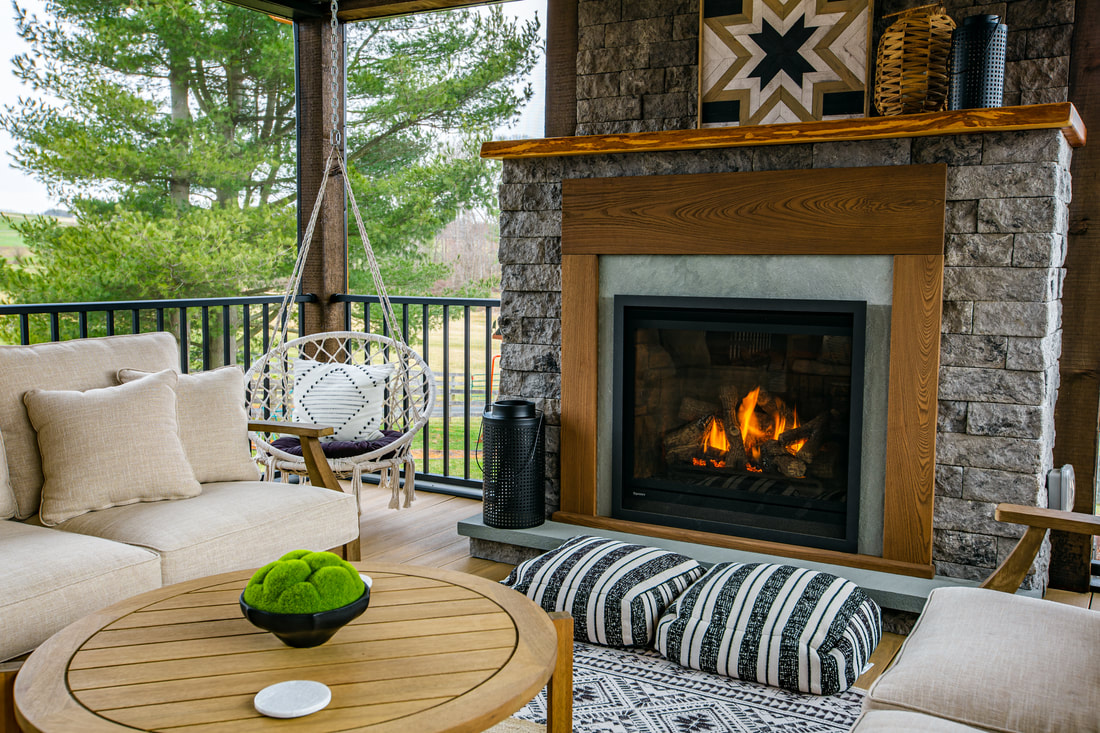Heating up your outdoor space

Heating an open-air room can provide comfort and extend the usability of the space during colder months or chilly evenings. There are several options available for heating an open-air room, and the best choice depends on factors such as the climate, budget, desired heat source, and specific needs of the space. Custom Design And Build LLC is ready to walk you through all your options. Here are some common methods for heating an open-air room:
- Patio Heaters: Patio heaters are a popular choice for outdoor heating. They come in various styles, including freestanding, tabletop, or wall-mounted models. Patio heaters typically use propane, natural gas, or electricity as fuel sources. They provide radiant heat, warming the surrounding area and creating a cozy atmosphere. Patio heaters are effective for heating small to medium-sized open-air spaces and offer adjustable heat settings.
- Fire Pits or Fireplaces: Fire pits or fireplaces add warmth and ambiance to outdoor spaces. Wood-burning fire pits or fireplaces create a focal point and provide radiant heat. They require a steady supply of firewood and necessitate safety precautions, such as keeping a safe distance from flammable materials. Alternatively, gas fire pits or fireplaces offer convenience, controllable flames, and adjustable heat output.
- Outdoor Radiant Heaters: Outdoor radiant heaters are designed specifically for heating open-air spaces. They emit infrared heat that warms objects and people directly, rather than heating the surrounding air. These heaters are available in various styles, such as ceiling-mounted or wall-mounted units, and can use electricity or natural gas as a power source. Outdoor radiant heaters are suitable for larger open-air rooms or commercial settings.
- Electric Heaters: Electric heaters offer a convenient and versatile option for heating open-air rooms. They come in different forms, such as freestanding patio heaters, wall-mounted heaters, or hanging heaters. Electric heaters are easy to use, emit instant heat, and are typically safe for indoor and outdoor use. They require a power source and may require adequate protection from the elements, such as waterproofing or shelter.
- Outdoor Enclosures: If you want to enclose your open-air room partially or fully, you can explore options like outdoor curtains, pergolas with retractable roofs, or outdoor enclosures with transparent walls. These structures help retain heat and provide protection from wind, rain, and cold temperatures. By enclosing the space, you can create a more controlled environment and utilize other heating options more effectively.
When choosing a heating method for your open-air room, consider factors such as the intended use of the space, local climate conditions, budget, and personal preferences. It’s also essential to follow manufacturer’s instructions, ensure proper ventilation, and prioritize safety when using any heating equipment in outdoor spaces.

